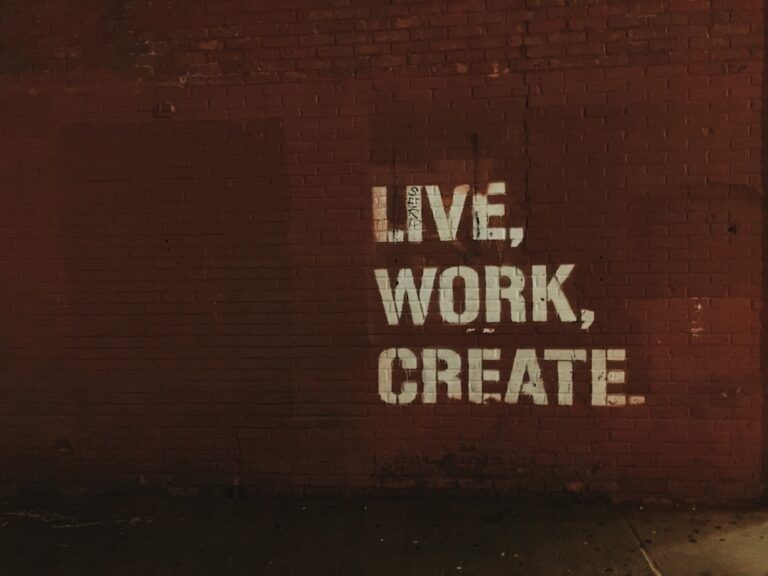
Ever stared at a blank page feeling like your brain just… switched off? We’ve all been there. You need a brilliant idea. Maybe for a work project. Maybe for a personal challenge. Or perhaps you're trying to figure out how to make a big life change, like I did when I was battling unhealthy habits and needed a new path. That feeling of being stuck can be so frustrating.
But here’s the good news. Brainstorming isn't some magical gift only "creative" people have. It's a skill. And like any skill, you can get better at it with the right techniques. I’ve learned a few things along my journey. Especially when I was trying to come up with ways to overhaul my lifestyle. These methods helped me find solutions I never would have thought of otherwise. So, let’s explore 20 practical ways to make your brainstorming sessions way more effective.
Get Ready: Setting the Scene for Ideas
Before you even think about solutions you need to prepare your mind and space. A little prep goes a long way.
- Clearly Define the Goal: What problem are you really trying to solve? Get super specific. Vague goals lead to vague ideas. For me, when I wanted to lose weight, "get healthy" was too broad. "Lose 110 pounds by changing my eating and activity habits" was a much clearer target to brainstorm around. Sometimes understanding my deeper 'why' which for me can be connected to my faith helps me clarify what I'm truly aiming for.
- Create the Right Atmosphere: Make it a judgment-free zone. Stress kills creativity. If you’re with others, agree that all ideas are welcome initially. If solo, give yourself permission to think freely.
- Set a Timer: This might sound counterintuitive but a time limit can actually boost creativity. It creates a sense of focused urgency. Try 15-25 minutes for an initial burst.
- Gather Your People (or Prepare Your Mind): If it’s a group session try to include people with different viewpoints. If you're brainstorming alone, try to approach the problem from different angles yourself.
- Warm-Up Your Brain: Don’t just dive into the deep end. Do a quick fun exercise. Maybe list 10 uses for a paperclip. Or think of things that are blue. It gets the creative cogs turning.
Let the Ideas Pour Out
This is where the magic starts. The goal here is volume. Get as many ideas down as possible.
- Go for Quantity, Not Quality (At First): Aim for a long list of ideas. Don’t censor yourself. The brilliant idea might be hidden behind ten silly ones. Let them all out.
- The "No Bad Ideas" Rule: This is crucial. During the idea generation phase, nothing is off-limits. No criticism. No "that won't work." Every idea is a stepping stone. I remember when I was trying to break my old habits of gaming and overeating. My initial ideas for solutions were all over the place. Some seemed ridiculous later. But allowing myself to just list anything without judgment was key. It was messy. But somewhere in that mess were the seeds of what actually worked for me, like starting with tiny changes.
- Brainwriting (Silent Power): Everyone writes down ideas silently for a set time. Then you pass them around for others to build on. This helps avoid one or two voices dominating the session. It also gives quieter folks a chance to contribute fully.
- Freewriting Sprints: Grab a pen and paper or open a document. Set a timer for 5-10 minutes. Write continuously about the problem or topic. Don't stop to edit or think too hard. Just write.
- Word Sparks (Word Association): Write your main topic or problem in the center of a page. Then write down related words or concepts that come to mind. See where the connections lead you.
Shake Things Up: Fresh Angles
Stuck in a rut? These techniques can help you look at the problem from completely new perspectives.
- Build on It: The "Yes, and…" Method: Instead of "Yes, but…" which shuts down ideas, encourage "Yes, and…" This means you accept an idea and add to it. It fosters collaboration and expands possibilities.
- Change Your Viewpoint (Role Storming): How would a child solve this problem? What about a millionaire? Or your favorite historical figure? Stepping into someone else's shoes can unlock surprising insights.
- Flip It: Reverse Brainstorming: Instead of asking "How can we achieve X?" ask "How could we make X worse?" or "How could we cause this problem?" The solutions to the reverse problem can often be flipped back to solve the original one.
- Ask "What If?" Constantly: "What if we had unlimited resources?" "What if we had to do it in one day?" "What if we removed this key element?" These questions stretch your thinking.
- Challenge Every Assumption: What do you believe to be true about this problem or situation? List your assumptions. Then question them. Are they really true? What if they weren’t? This helped me a lot when I was trying to find a "healthy lifestyle." I had to challenge assumptions about what that meant and find what truly worked for me, not just follow trends.
Tools and Tactics to Keep Flowing
Sometimes a simple tool or a shift in approach is all you need.
- See Your Thoughts: Visual Aids: Use whiteboards. Use sticky notes. Draw mind maps. Making ideas visual helps you see connections and patterns you might otherwise miss.
- New Place, New Ideas: Change Your Environment: Tired of the same four walls? Go for a walk. Sit in a different room. A change of scenery can refresh your mind and spark new thoughts.
- Sketch it Out: Doodling for Clarity: You don’t have to be an artist. Simple sketches diagrams or symbols can help you explore and communicate complex ideas more effectively than words alone.
- Power Down to Power Up: Take Breaks: If you hit a wall step away. Do something completely different for a few minutes. Let your subconscious mind work on it. Often the best ideas come when you're not actively forcing them.
- Sort and Select: The Aftermath: After the brainstorming session is over, then it's time to evaluate. Group similar ideas. Discuss the pros and cons. And select the most promising ones to explore further. Keep the generation and evaluation stages separate.
Brainstorming well can feel like unlocking a superpower. It helps you find creative solutions to tricky problems and can make big goals feel more achievable. Remember how I mentioned losing over 110 pounds and building a productive routine? None of that happened overnight. It involved a lot of trial and error and yes, brainstorming different approaches until I found what clicked.
So what's one challenge or goal you're mulling over right now? Pick just one or two of these techniques. Give them a try this week. Don't aim for perfection. Just aim to get some ideas flowing. You might be pleasantly surprised by what your amazing brain comes up with.





